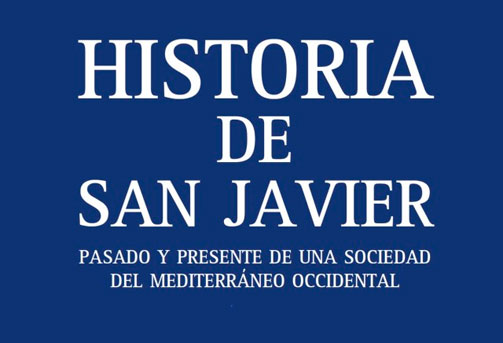San Javier as a municipality currently has 74.2 km2 and its population of right is of more than 32 thousand inhabitants, although in fact it is very superior during all the year, multiplying remarkably in summer time. Due to its special situation, it enjoys 23 km of coastline to the Mar Menor and 16 to the Mediterranean and its average altitude is 17 meters. Three basic elements make the Municipality of San Javier a special place: land, air and sea.
On the one hand, the earth. The important agricultural area of the districts of El Mirador, La Grajuela, Roda, Los Sáez de Tarquinales or Pozo Aledo, produces the most varied plant species. The modernization of irrigation systems, production and marketing, and the implementation of new technologies, has led San Javier to be known in international markets, as well as tourism, for the quality of its agricultural production.
Up, the air. In the municipal area of San Javier is the General Air Academy, a training center for pilots of the Air Force and headquarters of the Acrobatic Patrol "Aguila", which bear the name of San Javier all over the world. The Murcia-San Javier airport shares the facilities of the Academy, which is why we are the port of air entry for the entire Region.
And finally, the sea; sea that looks out to San Javier by Santiago de la Ribera and La Manga; sea that comes twice, and for all tastes. The Mar Menor, full sea, calm, warm and calm waters; and the Greater sea, the Mediterranean, open sea, without limits, where cultures come and go ...
Its history
The first vestiges of civilization in the environment of the Mar Menor they date from the Paleolithic, although the settlements of which there is more information and of which more vestiges have been found are from the Roman and Arab eras.
The Romans greatly appreciated the area, where they developed an importantneses, Catalans and Murcia, to settle in the region forming small and dispersed population centers. Many of these towns still conserve their names or surnames as place-names: Pacheco, Roldán, Pagán, etc.
Likewise, under the protection of these nuclei, hermitages were built that in the early 18th century gave rise to consolidation of hamlets like that of San Javier, next to a crossroads next to the Herculean road of the Romans, which passed by the vicinity of Cabezo Gordo.
The name comes from the influence on these lands had the virtue and heroism of the "Apostle of the East" San Francisco Javier, since these lands were repopulated, in the time of Alfonso X El Sabio, by people coming from Navarre and Aragon, fundamentally.
When a At the beginning of the 18th century, the incursions of Turkish and Algerian pirates, the urban settlement became more stable. The demographic evolution and the economic resources of the region made feasible that, under the protection of the Cortes of Cádiz, San Javier it was constituted in a municipality in 1813 and 1823, provisionally, and definitively on September 16, 1836.
In 1888 the population of the coast began, which we now know as Santiago de la Ribera. In that year, the family of José María Barnuevo and Teresa Sandoval, owners of Finca Torre Minguez, located in the area of La Calavera, opened their summer house on the beach as the first summer residence in the area.






















